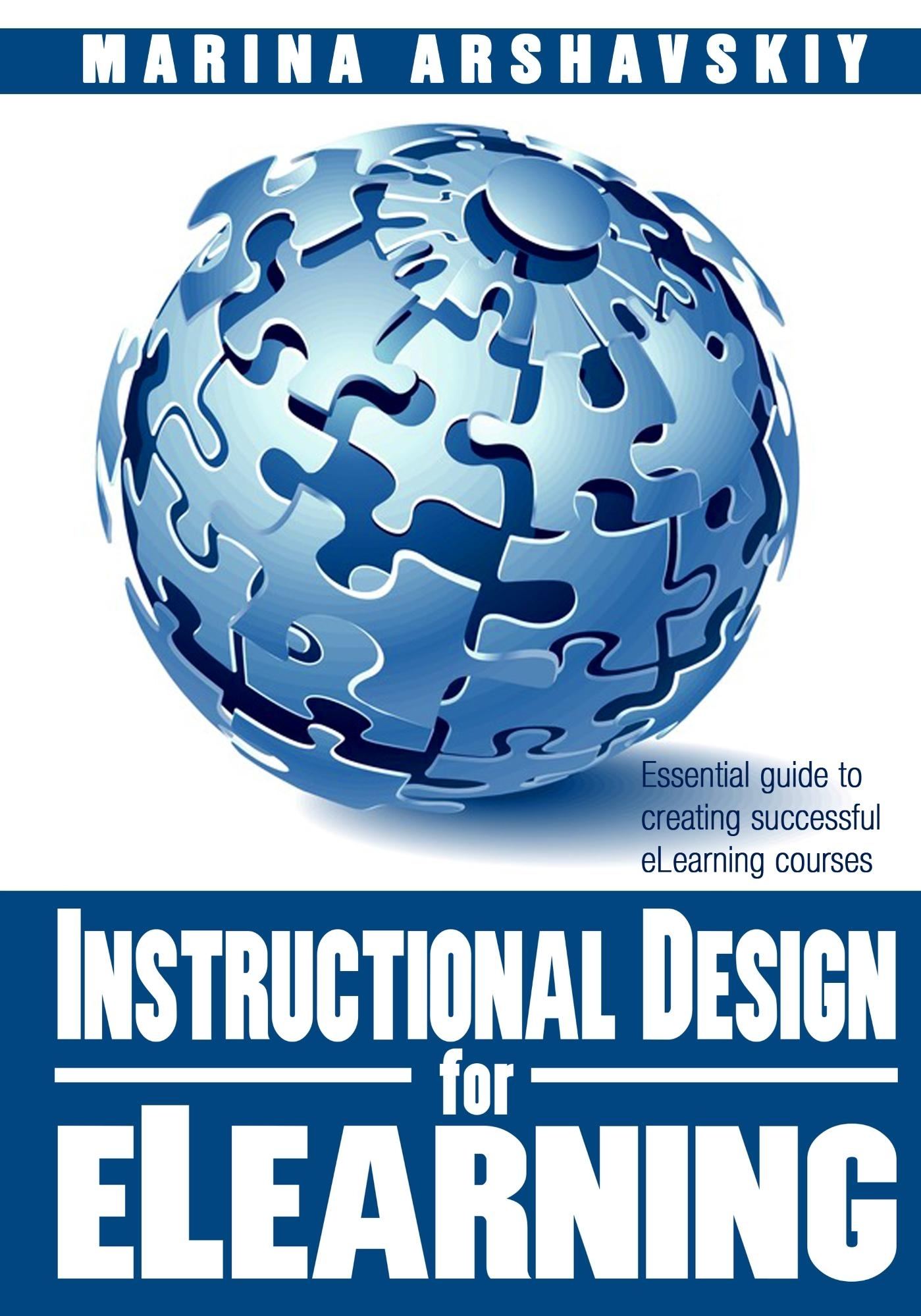The Instructional Design for eLearning: Essential guide to creating successful eLearning
Marina’s great eLearning articles at eLearning Industry made me eager to read the book that she recently published. A few weeks ago, I read Marina’s book The Instructional Design for eLearning: Essential guide to creating successful eLearning and I really wanted to share my thoughts by writing a review since I loved it!Marina has written an ultimate, practical guide to designing effective eLearning courses. The Instructional Design for ELearning: Essential guide to creating successful eLearning courses book is a high-level orientation tool for those who want to succeed in the field of instructional design and eLearning.
Each chapter starts with learning objectives and ends with exercises that help to reinforce these objectives. While the book covers most of the traditional ISD models and walks the reader through building powerful eLearning materials, it is written with the “real world” in mind, which I believe is the key for the book’s success. Even though the text covers some very technical topics, the information is presented in plain language. It is logically organized, easy to follow, and supported with examples.The table of contents provides a detailed overview of what each chapter covers. Therefore, more experienced instructional designers can jump right in to review only what they need. I really enjoyed the comprehensive tables, guiding questionnaires, and checklists that can be found throughout the book. It comprises 28 chapters and it is logically divided into four parts.
The first part introduces the basic elements of instructional design and eLearning such as learning theories and principles as well as the most popular ISD models.
The second part is geared towards the design of instructionally sound eLearning courses including needs analysis, Gagné’s Nine Events of Instruction, creating Design Documents, scripting, storyboarding and prototyping. In this section of the book, readers will find information about major implementation elements and techniques including LMS and CMS, reusable learning objects, and Section 508 compliance. In addition, the second part of the book covers the evaluation and assessment techniques as well as effective ways to provide corrective feedback.
The third part focuses on interactive elements of the design such as simulations and games, video, audio, and graphics, and the tools used to develop interactive eLearning materials.
The last section covers more advanced topics such as working with Subject Matter Experts, managing eLearning projects, and developing job aids, web 2.0 and mobile courses.Overall, the Instructional Design for eLearning book is an excellent resource for anyone who wishes to get started in the field of eLearning and instructional design. It is also a highly recommended guide for all organizations that are just getting started with eLearning. In addition, the book is a useful refresher tool and a desk reference for experienced ISD and eLearning professionals. It covers almost everything instructional designers need to know, and should be read, kept to hand, and used!Said that, I wish you Happy Reading!








